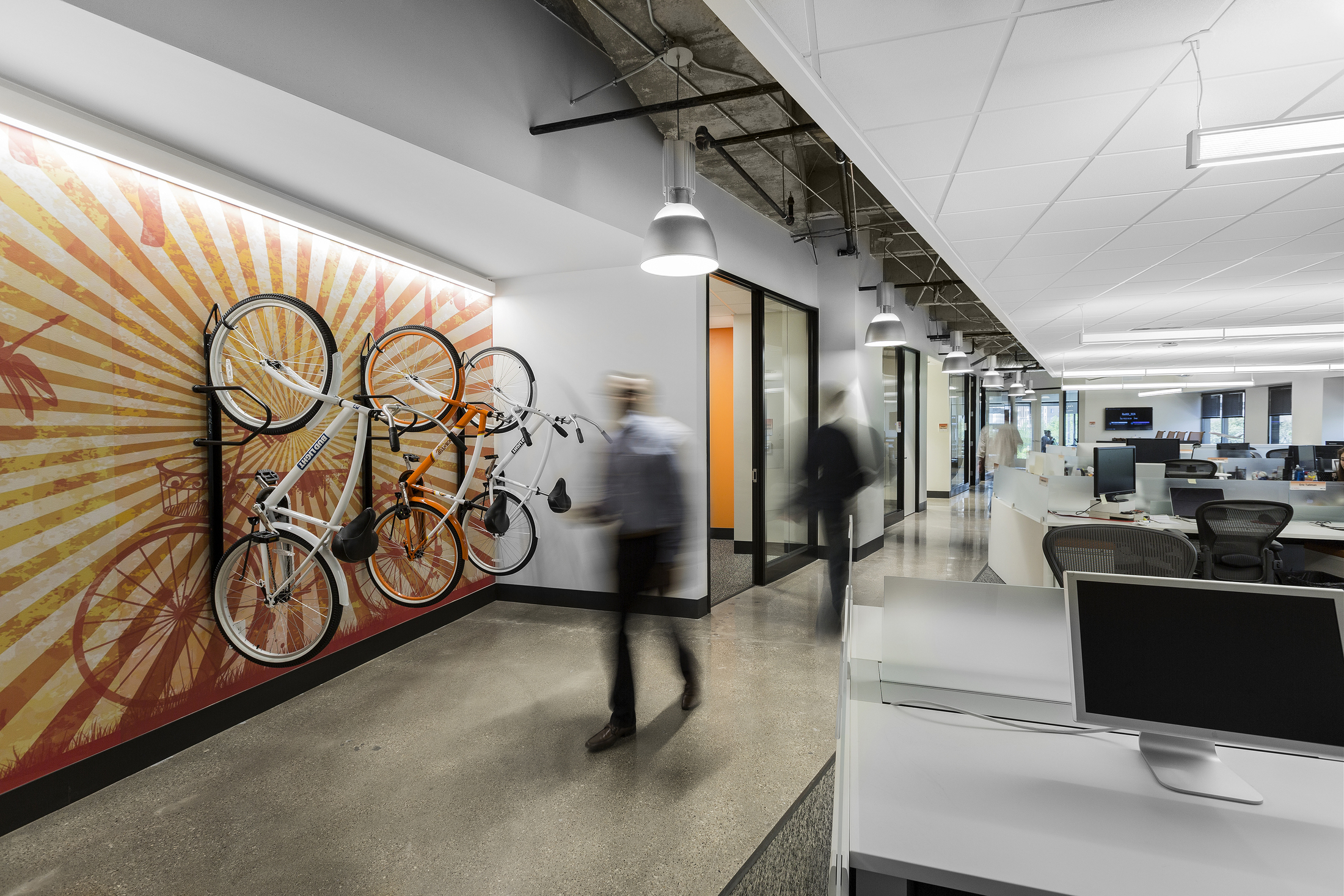We’re counting down to 2020 by sharing 12 days of emerging workplace trends! Learn what trends our top global contributors are most excited to see evolve in the new year.
Trend 7 of 12: Wearable technology enables employee productivity, and therefore satisfaction, by taking away the mundane responsibilities of everyday office culture.

With the decade quickly coming to an end, architects and designers alike are looking back at the most innovative trends that paved the way for our current processes and systems. Experts at DLR Group have taken a glimpse into 2020 and are predicting the continued evolution of wearables in the workplace as the emerging design trend of the upcoming decade.
It’s all about the employees. Wearable technology enables employee productivity, and therefore satisfaction, by taking away the mundane responsibilities of everyday office culture, such as starting your computer or even controlling the temperature in your workstation.
Wearables now go so far as promoting health and wellness. Wearables that assist employees in staying active increase their overall fitness levels which can, in turn, increase satisfaction rates in the workplace. In addition, some devices bring attention to the employee when their physical health is at risk—for instance, if they are feeling fatigued or sitting for long periods of time with terrible posture. This leads to fewer safety issues to handle and fewer long-term side effects that come with them.
In a perfect world, individuals would arrive to work and have all of their individual workplace preferences loaded into one device—that is what I envision for the wearable technology. Creativity and problem solving would increase as employees are able to focus on more important tasks.
Like many technology applications, wearables in the workplace aren’t without controversy, from legal risk around data privacy to employee backlash against a “surveillance state.” We recently connected with a half dozen technology firms in Silicon Valley to discuss interoperability scenarios that focus on integrating the digital and physical worlds of data – without compromising the individual and the quality of their experience.
Depending on how developed this wearable technology may ever get to be, it could become a tool to create experiential design through tracking spatial utilization and maximizing space efficiency. Aside from the cost of employing a workforce, office space is typically an organization’s largest investment. With a better understanding of how a space is utilized, designers can make educated decisions about spatial requirements, forecast for the future, and better support an organization’s goals. This could be especially valuable for both building owners and their tenants.

